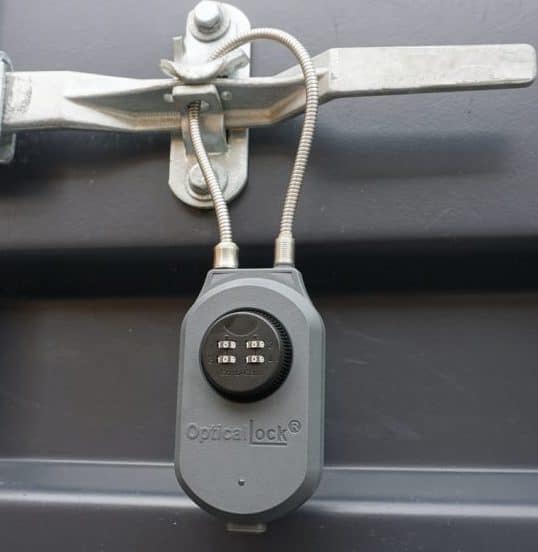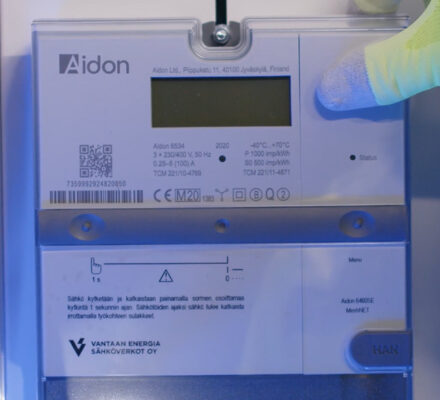
Pirated goods are a global problem — and a growing one. In 2016, international trade in counterfeit and pirated products hit $500 billion, according to the Organization for Economic Co-operation and Development (OECD). By 2022, the International Chamber of Commerce (ICCC) predicts it will drain $4.2 trillion from the global economy.
Counterfeit and pirated products put the health and safety of consumers worldwide at risk while robbing governments, businesses and communities of tax revenues, profits and legitimate jobs. The negative impacts of counterfeiting and piracy are projected to put 5.4 million legitimate jobs at risk by 2022.
International Chamber of Commerce (ICC)

IoT Provides Instant Access to the Location and Status of High-Value Assets
OpticalLock, based in San Diego, California, recognized that problem and developed a suite of cloud-connected solutions for monitoring, securing, tracking and recovering assets in shipping containers, trucks, planes, rail cars, security boxes, storage facilities, security cages and more. The suite includes the OpticalLock OPTi-100 product series, which has a shackle that fits inside the eye rings designed for traditional locking mechanisms and provides modern day, IoT status alerts.
The OPTi-100 has patented sensors that detect motion, security status, humidity, location and other conditions. When there’s a change, the OPTi-100 uses wireless communication to send an alert to the shipping company, asset owner or another authorized party. Customers can choose among three versions of the OPTi-100 depending on which wireless technologies they want to use: cellular, Wi-Fi, Bluetooth Low Energy (BLE), Near Field Communications (NFC) or a combination.

“The fact that it’s dynamic and can follow a supply chain and can be reused for any secure monitoring that you need is an important distinction as an all-in-one solution.”
–Laura Davis, OpticalLock Marketing and Sales Manager
The Telit Advantage
Customers that need cellular connectivity can choose between the OPTi-100A and OPTi-100B. Both use the Telit xE910 family of modules, which support all major cellular technologies, from legacy GSM through 4G LTE, including Cat M1, NB1 and NB2.
The xE910’s flexibility ensures that OPTi-100A and OPTi-100B can always find a network to connect. A constant, reliable connection is critical for securing high-value assets as they travel across a country, continent or the world. The xE910 also offers satellite positioning technology as an option, which OpticalLock uses for applications such as geofencing.
Finally, at just 28.2 × 28.2 mm, the xE910 also is highly compact, a form factor that helped OpticalLock get the OPTi-100 down to a palm-sized device.
“Our engineering team — combined with Telit’s IoT expertise — enabled us to make a tremendous positive impact on the shipping, storage, freight-forwarding, logistics, government, insurance and consumer industries,” said Carol Fuller, OpticalLock COO.

“By providing information about tampering, temperature, humidity, security and location, we’re protecting our clients’ assets and improving accountability in the supply chain.”
–Samuel Flores, CEO of OpticalLock
To meet our goals of designing a discrete and internationally compatible solution, OpticalLock found Telit to be an ideal IoT partner with the technical expertise and technology available to meet our demands. Telit’s robust hardware portfolio provides OpticalLock the perfect size, global compatibility and quality of connectivity to make our hardware design a reality.
Jorge Sanchez, OpticalLock CTO


